Buy the photo Chinese Tea House in Sanssouci Park in Potsdam by Silva Wischeropp on canvas, ArtFrame, poster and wallpaper, printed on demand in high quality.
About "Chinese Tea House in Sanssouci Park in Potsdam"
by Silva Wischeropp
About the artwork
This photographic image was taken with my Nikon D90 in October 2018 at the Chinese House in Potsdam Sanssouci.
The Chinese House, also known as the Chinese Tea House, is a garden pavilion in Sanssouci Park in Potsdam. Frederick the Great had the building built to decorate his ornamental and kitchen gardens about 660 metres southwest of the summer palace Sanssouci. The master builder Johann Gottfried Büring was commissioned with the planning. Based on sketches by the king, he created a pavilion in the contemporary taste of Chinoiserie, a mixture of ornamental rococo style elements and parts of East Asian architectural forms, between 1755 and 1764. The unusually long construction period of nine years can be attributed to the Seven Years' War, under which Prussia's economic and financial situation suffered considerably. It was only after the end of the war, in 1763, that the cabinets inside the garden pavilion were furnished. Since the building, in addition to its function as decorative garden architecture, occasionally served as an exotic backdrop for smaller festivities, Frederick the Great gave orders for the construction of a Chinese kitchen a few metres southeast of the Chinese House. After a reconstruction in 1789, only the hexagonal windows still recall the East Asian character of the former commercial building. Also under the influence of Chinoiserie, the Dragon House in the form of a Chinese pagoda was built a few years later on the Klausberg adjacent to the northern edge of Sanssouci Park. With these buildings, Frederick the Great followed the Chinese fashion of the 18th century, which spread first to France, then to England and Germany.

About Silva Wischeropp
"For me, photography feels like really capturing the moment - like a kind of alchemy where time is physically captured."
Silva Wischeropp was born in the Hanseatic city of Wismar in the former GDR. Today she lives and works in Berlin. As a passionate travel..
Read more…
 Netherlands
Netherlands Ordered in July 2024
Ordered in July 2024
 Germany
Germany Ordered in May 2022
Ordered in May 2022
 Germany
Germany Ordered in July 2019
Ordered in July 2019
 Germany
Germany Ordered in April 2022
Ordered in April 2022
 Germany
Germany Ordered in March 2024
Ordered in March 2024
 Netherlands
Netherlands Ordered in December 2017
Ordered in December 2017
 Germany
Germany Ordered in August 2023
Ordered in August 2023
 Germany
Germany Ordered in November 2019
Ordered in November 2019
 Germany
Germany Ordered in August 2021
Ordered in August 2021
 Germany
Germany Ordered in February 2025
Ordered in February 2025
 Germany
Germany Ordered in October 2021
Ordered in October 2021
 Germany
Germany Ordered in October 2019
Ordered in October 2019
About the material
ArtFrame™
Interchangeable Art Prints
- High-quality print
- Easily interchangeable
- Acoustic function
- Large sizes available
Discover the artworks of Silva Wischeropp
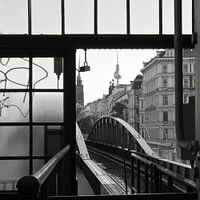 Underground station of the U2 line - special train to PankowSilva Wischeropp
Underground station of the U2 line - special train to PankowSilva Wischeropp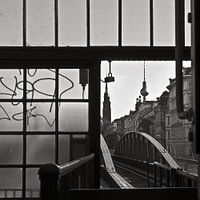 Berlin underground station Eberswalder Strasse of line U2Silva Wischeropp
Berlin underground station Eberswalder Strasse of line U2Silva Wischeropp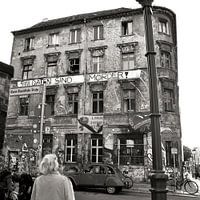 Old, squatted house in the Scheunenviertel district of Berlin-MitteSilva Wischeropp
Old, squatted house in the Scheunenviertel district of Berlin-MitteSilva Wischeropp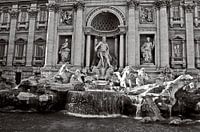 The Trevi Fountain - Fontana di TREVI in RomeSilva Wischeropp
The Trevi Fountain - Fontana di TREVI in RomeSilva Wischeropp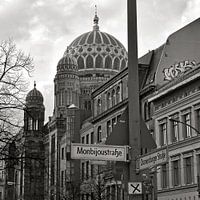 New Synagogue (Berlin) in the Mitte districtSilva Wischeropp
New Synagogue (Berlin) in the Mitte districtSilva Wischeropp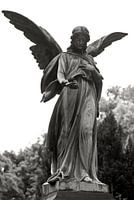 Sculpture of an angel in the St. Elisabeth cemeterySilva Wischeropp
Sculpture of an angel in the St. Elisabeth cemeterySilva Wischeropp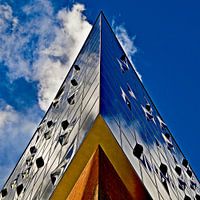 When music touches the skySilva Wischeropp
When music touches the skySilva Wischeropp Underground station of the U2 line - Berlin-Pankow(East Berlin)Silva Wischeropp
Underground station of the U2 line - Berlin-Pankow(East Berlin)Silva Wischeropp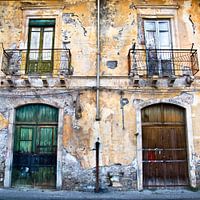 Mysterious, Sicilian facadeSilva Wischeropp
Mysterious, Sicilian facadeSilva Wischeropp Banana leaves in the warm autumn lightSilva Wischeropp
Banana leaves in the warm autumn lightSilva Wischeropp Magical rainbow at the OderbruchSilva Wischeropp
Magical rainbow at the OderbruchSilva Wischeropp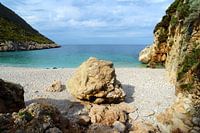 Magic Sicilian Sea SoundSilva Wischeropp
Magic Sicilian Sea SoundSilva Wischeropp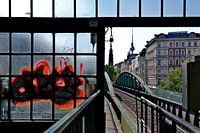 Popular underground station on the U2 line on Eberswalde StrasseSilva Wischeropp
Popular underground station on the U2 line on Eberswalde StrasseSilva Wischeropp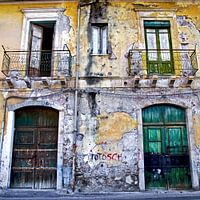 Once upon a time in Taormina on the island of SicilySilva Wischeropp
Once upon a time in Taormina on the island of SicilySilva Wischeropp Fantastic view of the Dordogne valley from the Bastide DommeSilva Wischeropp
Fantastic view of the Dordogne valley from the Bastide DommeSilva Wischeropp Imaginative sand dunes at Henne Strand in JutlandSilva Wischeropp
Imaginative sand dunes at Henne Strand in JutlandSilva Wischeropp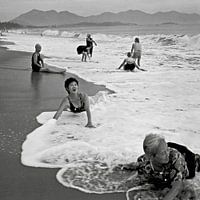 Women bathing on the beach at Nha Trang in VietnamSilva Wischeropp
Women bathing on the beach at Nha Trang in VietnamSilva Wischeropp Night panorama with the Bridge of Angels and St Peter's Basilica in RomeSilva Wischeropp
Night panorama with the Bridge of Angels and St Peter's Basilica in RomeSilva Wischeropp Paradise Isola Bella on the east coast of SicilySilva Wischeropp
Paradise Isola Bella on the east coast of SicilySilva Wischeropp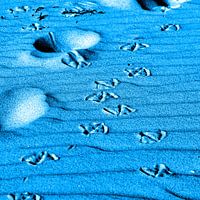 Turquoise blue tracks on the dune on the Baltic Sea beachSilva Wischeropp
Turquoise blue tracks on the dune on the Baltic Sea beachSilva Wischeropp













 Architecture
Architecture Berlin
Berlin Drink
Drink Photo wallpaper
Photo wallpaper Photography
Photography Serene Peace
Serene Peace









